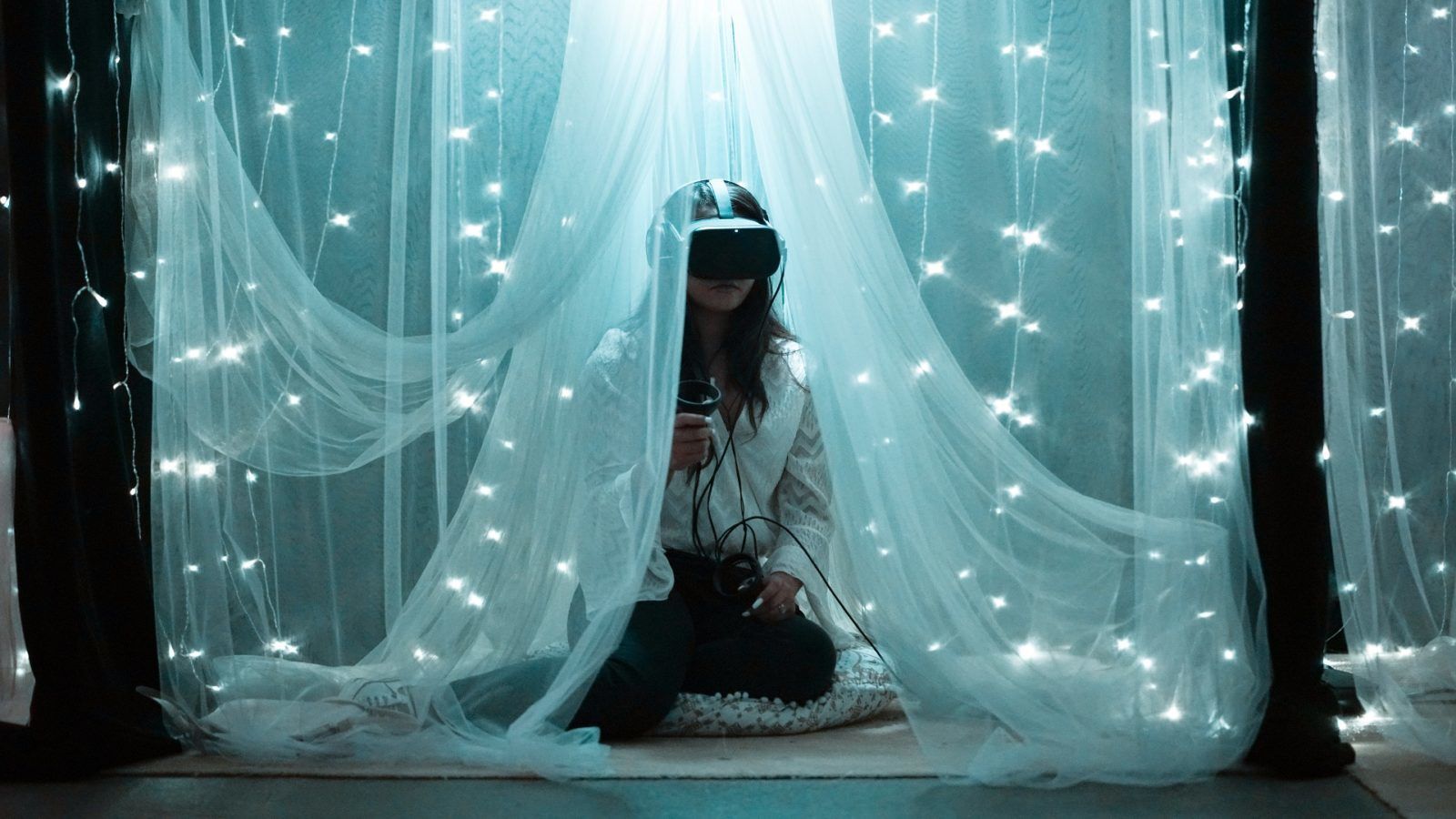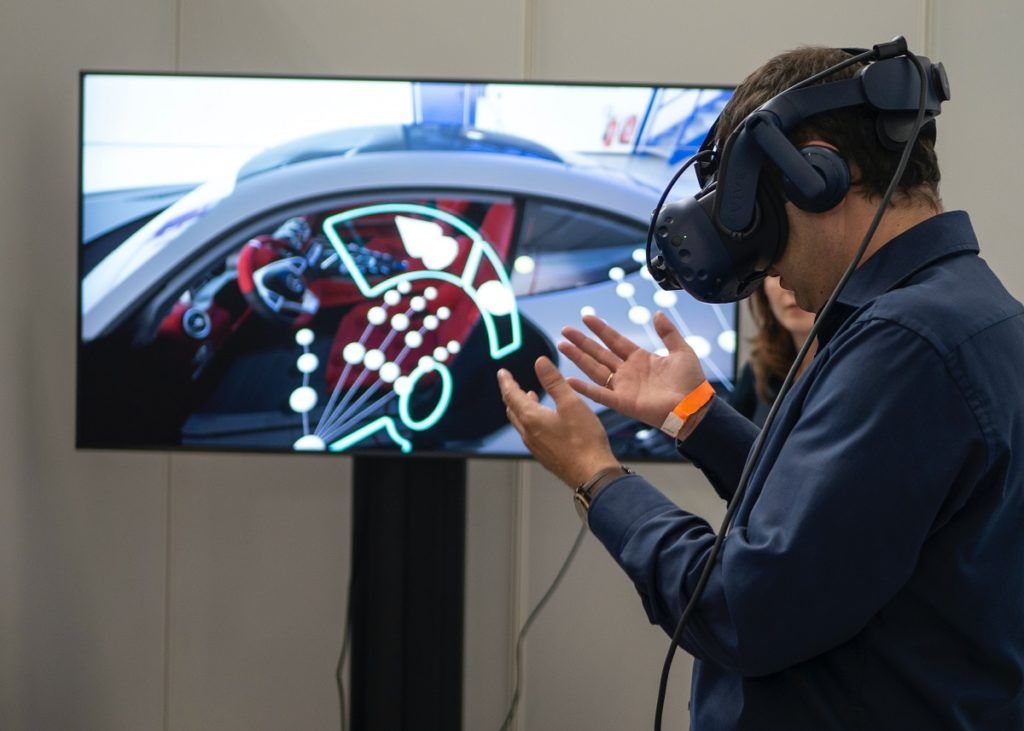Influencers in the Metaverse You Should Know About


In existence for some time, the concept of metaverse got a shot in the arm in October 2021 when Facebook re-branded itself as Meta. It was one of the biggest developments in the world of technology and will be seen as a prelude to what is inevitable — a world connected in the metaverse.
Brick by brick, or shall we say code by code, the metaverse is developing rapidly as we go about our daily lives. Platforms such as Decentraland let people buy virtual land and create anything from a virtual house to a city complete with all the virtual versions of civic infrastructure that we have in the real world. In fact, Decentraland is playing host to the first ever Metaverse Fashion Week (MVFW) which will see several prominent fashion and accessories brands, both legacy and digital-first, offering their latest.
It is not surprising that some of the biggest brands in the world, including iconic luxury fashion labels such as Gucci, Prada, Balenciaga and Burberry are increasing their footprint in the metaverse to ensure they have an influential presence in the virtual universe when it gets more defined.
And with fashion comes influencers.
Anyone who can influence a demography is an influencer. In the world of digital marketing, influencers create the demand for a product or service by sharing positive news about them with their followers on social media accounts, consequently increasing the product’s reach.
There are hundreds of them around the world, with followers ranging from a few thousand to millions on social media platforms such as Instagram, YouTube, TikTok, Snapchat, Twitter, and Facebook. From make-up tips to product placements and from everyday lifestyle to wealth creation, they share videos, posts and merchandise with their followers on a regular basis. The followers try to emulate the style of their favourite influencers and buy what they promote.
Influencers are generally people in flesh and blood, but growing digitisation means that there are many who are entirely virtual creations.

According to Virtual Humans, a website tracking virtual influencers across platforms, there are more than 150 virtual influencers on social media.
Most of the famous virtual influencers exist only on Instagram. According to a 2021 report by Pew Research Center, three social media platforms — Instagram, Snapchat and TikTok — have “an especially strong following among young adults.” This means that the virtual influencers are more likely to be followed by younger populations.
More and more brands and companies are therefore opting for virtual influencers, with an eye on the wide user base of young adults.
Disney has Minnie Mouse doing what influencers do on her official Instagram account — showing glimpses of everyday life with her love Mickey Mouse.
Hugo Boss recently announced that two virtual influencers, Imma and Nobody Sausage, will be part of their Spring/Summer 2022 campaigns, #HowDoYouHUGO and #BeYourOwnBoss.
The virtual characters are additions to the real-life celebrities such as Hailey Bieber and Kendall Jenner who are already part of the promotions.
While Imma is a self-described ‘virtual girl…interested in Japanese culture, film and art’, Nobody Sausage is nothing but a cartoonish sausage. The latter, however, has over 2.9 million followers on Instagram, which is a testimony to the incredible popularity that digital influencers enjoy.
View this post on Instagram
Nobody Sausage is not the only non-human influencer. There are others like Caballo Perrro, a ‘stray Latin horse/dog immigrant’, Boffo the Bear and GEICO Gecko, whose job ‘is saving people’s money’.
But most of the virtual influencers are human-like in appearance. They are drawn to such fine details that many often confuse them for real people. They also share things that real people do, like eating out, skateboarding and shopping.
As of now, all famous virtual influencers exist on social media. But the metaverse can be seen as a larger social media in itself, where people become a digital version of their real-life selves and interact with the digital versions of others.
Using motion capture technology, green screen, 3D animation and other studio equipment, many real people in China are creating their virtual selves to become influencers. Some of them even become virtual idols, as in digital avatars who sing for fans and followers. Not all are however created using such techniques; many are purely computer generated.
In any case, digital avatars are AI avatars who learn from the information fed into them by their developers and also from users who interact with them using Natural Language Processing (NLP) algorithms.
But as we know, the metaverse is still under construction. This basically means that virtual avatars becoming something of an influencer in the metaverse will happen with time.
What is however true in our world today is that virtual avatars are promoting some of the biggest brands in the world. Many of the world’s most-followed virtual influencers present themselves in the latest offerings — ranging from clothes to accessories — of acclaimed luxury labels. Through the deft use of social media, they connect with their fans, who are mostly the Gen Z audience. Their activities are such that their followers can relate to them.
Yet in the end, none of these virtual avatars actually exist and everything they are doing could be basically a carefully scripted presentation by their creators.
The most famous of all virtual influencers is Lil Miquela, who made her debut on Instagram in April 2016 and has millions of followers today. Miquela is presented as a 19-year-old girl, who would never age, maybe because she’s digital. TIME magazine named her among the 25 Most Influential People on the Internet in 2018.
Lil Miquela is a creation of a Los Angeles-based start-up Brud, about whom not much is known. Brud is also behind the creation of Miquela’s friends — Blawko and Bermuda, both of whom are also virtual avatars. All three are influencers.
View this post on Instagram
The company behind the characters create elaborate storylines, a sort of myth-making, to popularise the virtual influencers. Miquela is presented as a half-Brazilian, half-Spanish person from Downey, California, who is pursuing her music dreams in Los Angeles.
Her popularity is because she has promoted major fashion labels including Prada, virtually appeared at Coachella, supported the Black Lives Matter movement and has been virtually photographed with celebrities such as Diplo and Millie Bobbie Brown among others.
In 2019, Miquela made headlines when she kissed Bella Hadid in a Calvin Klein advertisement.
Shudu is another famous virtual influencer. She was created as part of the #BalmainArmy of virtual models by Balmain creative director Olivier Rousteing and designed by British photographer Cameron-James Wilson.
Shudu, who is from South Africa, made her debut in 2017. Known for promoting brands, she shot to fame when Rihanna’s Fenty Beauty posted her photo on their Instagram account mistaking her for a real person trying out a Fenty product.
View this post on Instagram
She describes herself as ‘The World’s First Digital Supermodel’ and is indeed designed to resemble a supermodel.
Among Balmain’s other digital influencers are Xhi and Margot. While Xhi is depicted as a Chinese lady modelled after David Bowie, Margot is French. The characters, however, do not exist on social media.
Rozy Oh is one of the best known Asian metaverse influencers on social media. She was created by Korean media company Sidus Studio X and debuted in 2020. Her full name means ‘one and only’ in Korean and she is South Korea’s first virtual influencer.
Rozy is described as a 22-year-old, who, like most other renowned digital faces, never ages. Recently, she celebrated her ‘2nd 22nd’ birthday with her fans on Instagram.
View this post on Instagram
The craze around her is such that her fans call her ‘GamSeong JangIn’, which is Korean for ‘expression expert’. This is because she makes a range of facial expressions and strikes poses for her followers.
She has posed with Korean celebrities and sports persons and also modelled for international labels such as Calvin Klein. She also encourages her followers to participate in democratic processes such as voting in the general elections.
Daisy is a creation of online luxury discount site Yoox, which is owned by the Yoox Net-a-Porter Group. Daisy is from Milan, Italy and is presented as living the high life.
Modelled on actress Hannah Gross, Daisy has appeared for numerous campaigns most notably of Calvin Klein and Tommy Hilfiger.
View this post on Instagram
Maya, on the other hand, is a creation of Puma. She was created in 2020 and is a self-described fashion model. ‘Your average not so average Southeast Asian Virtual Girl,’ reads her bio on Instagram. She was the one who launched the Puma Rider shoe.
View this post on Instagram
Besides Blawko, there are several male virtual influencers sharing space with the more famous female and non-human avatars. FN Meka, Knox Frost, Cade Harper, Koffi, Liam Nikuro and Lewis Newman are among them.
With time, the virtual influencers who currently dominate the traditional social media will be the headliners in the metaverse. After all, Mark Zuckerberg, in the Founder’s Letter on 28 October 2021, rightly observed, “The metaverse is the next frontier in connecting people, just like social networking was when we got started.”
(Main image: Barbara Zandoval/@barbarazandoval/Unsplash; Featured image: Miquela/@Miquela/Facebook)
This story first appeared in Prestige Online – Hong Kong